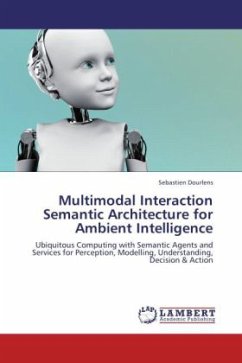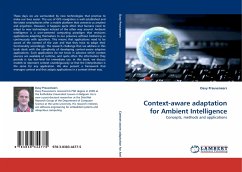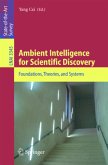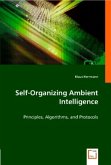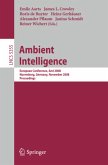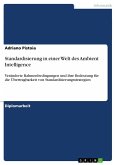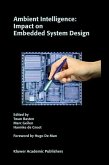There still exist many fields in which ways are to be explored to improve the human-system interaction. These systems must have the capability to take advantage of the environment in order to improve interaction. This extends the capabilities of system (machine or robot) to better reach natural language used by human beings. We propose a methodology to solve the multimodal interaction problem adapted to several contexts by defining and modelling a distributed architecture relying on W3C standards and web services (semantic agents and I/O services) working in ambient intelligence environment. The architecture is embedded in a multi-agent system modelling technique. In order to achieve this goal, we need to model the environment using a knowledge representation and communication language (EKRL, Ontology). The semantic model of environment is used in two semantic inference processes: fusion and fission of events at several levels of abstraction. They are considered as two context-aware operations. The overall architecture of fusion and fission is validated under our SAMI framework, by developing performance analysis on use cases such as monitoring and assistance in daily activities.
Bitte wählen Sie Ihr Anliegen aus.
Rechnungen
Retourenschein anfordern
Bestellstatus
Storno

